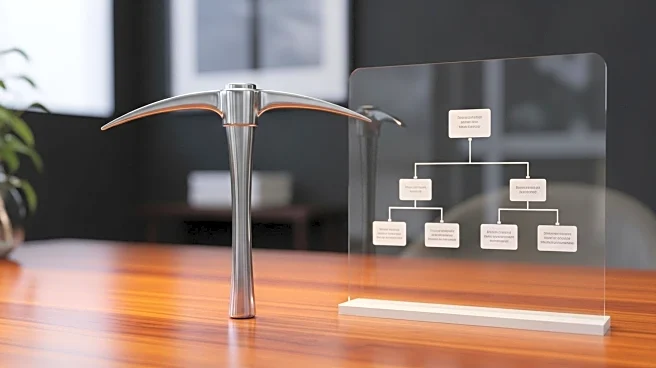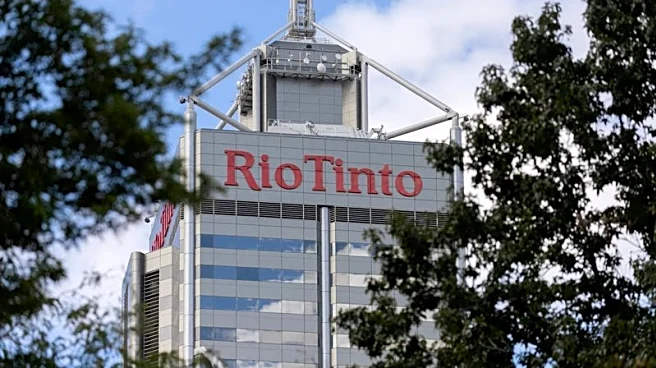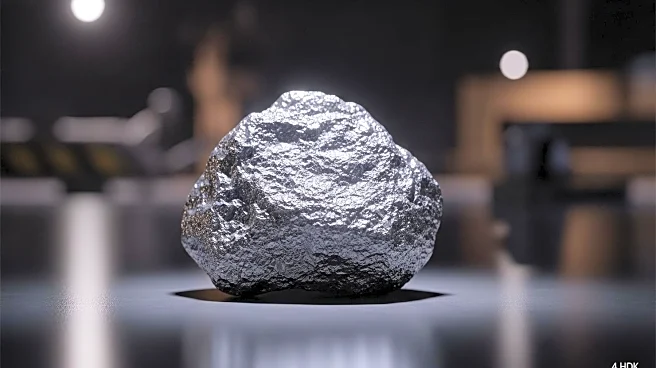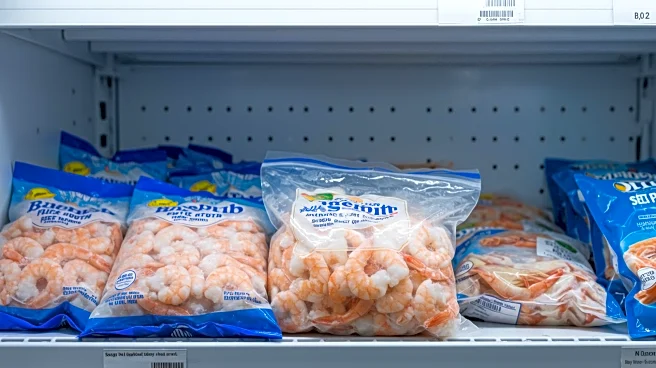What's Happening?
Simon Trott, the newly appointed CEO of Rio Tinto, has announced a significant reorganization of the company's executive leadership team and operating model. The restructuring simplifies Rio Tinto's portfolio into three core product groups: Iron Ore, Aluminium and Lithium, and Copper. This move aims to enhance safety, sustainability, and profitability while positioning the company to capitalize on future demand from the global energy transition. The reorganization includes leadership changes and the consolidation of operations to improve accountability and focus.
Why It's Important?
The restructuring of Rio Tinto's executive team and operating model is a strategic move to align the company with the evolving demands of the global energy transition. By streamlining operations and focusing on key product groups, Rio Tinto aims to enhance operational excellence and value creation. This reorganization could lead to increased efficiency and competitiveness in the mining industry, potentially influencing other companies to adopt similar strategies. The changes also reflect a commitment to safety and sustainability, which are increasingly important in the industry.
What's Next?
Following the reorganization, Rio Tinto plans to focus on ramping up production at key sites, including Mongolia's Oyu Tolgoi mine and the Resolution project in Arizona. The company will also conduct a strategic review of its Borates and Iron and Titanium businesses. These efforts are expected to unlock further shareholder value and position Rio Tinto for strong mid-term production growth. The leadership changes and new structure will likely lead to increased accountability and focus on operational performance.
Beyond the Headlines
The restructuring may have broader implications for the mining industry, potentially setting new standards for operational excellence and sustainability. Rio Tinto's focus on safety and community partnerships could influence industry practices and enhance its reputation as a responsible mining company. The changes may also impact global supply chains and market dynamics, particularly in the iron ore, aluminium, and copper sectors.













